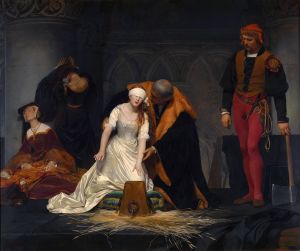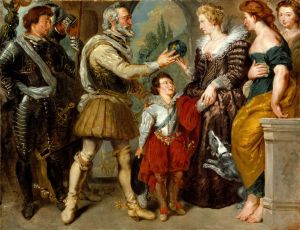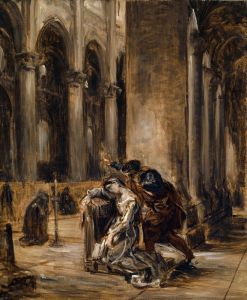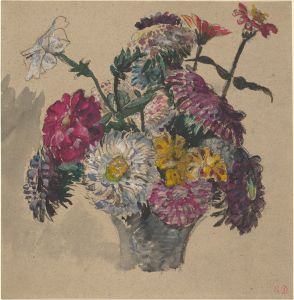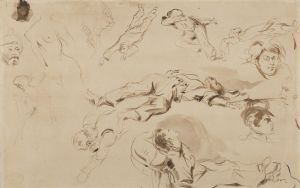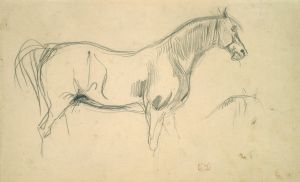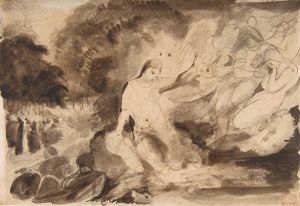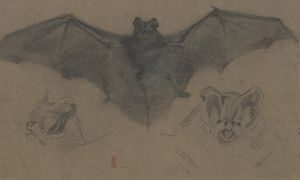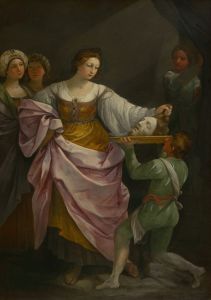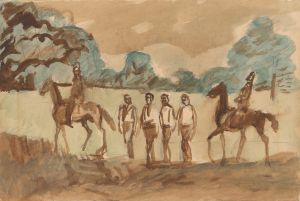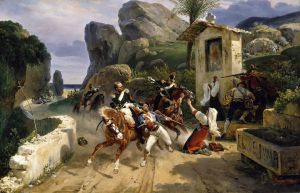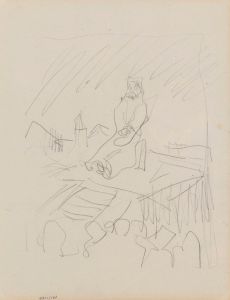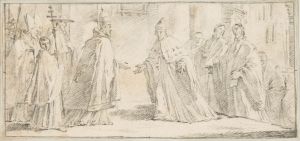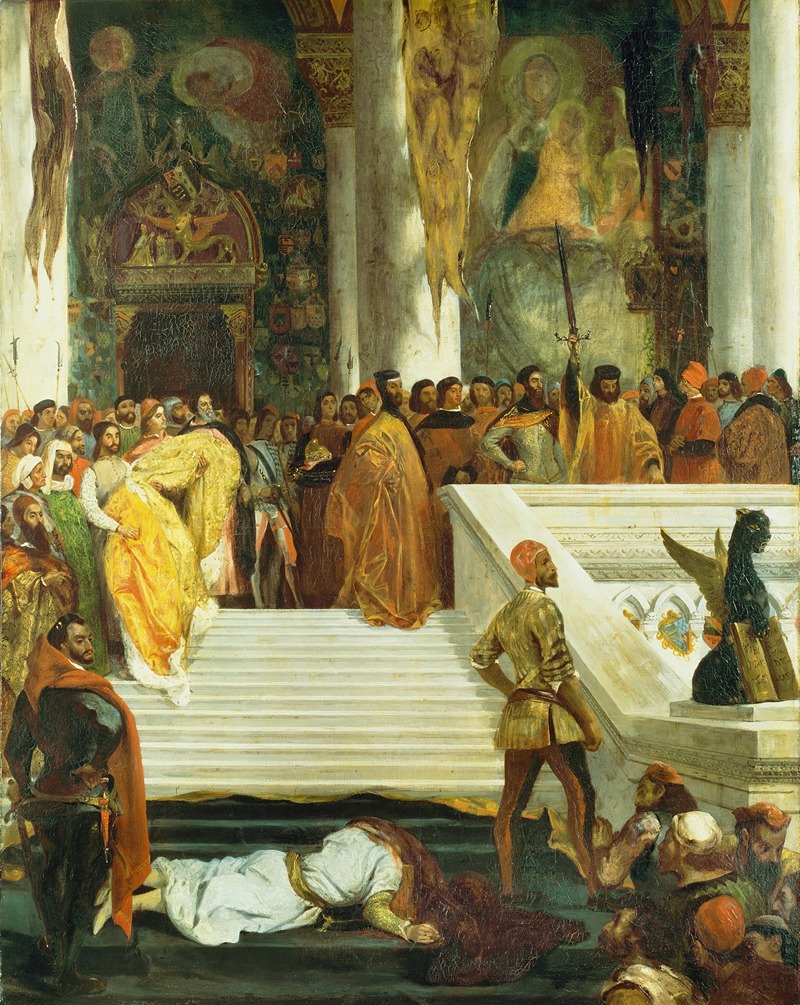
The Execution of the Doge Marino Faliero
A hand-painted replica of Eugène Delacroix’s masterpiece The Execution of the Doge Marino Faliero, meticulously crafted by professional artists to capture the true essence of the original. Each piece is created with museum-quality canvas and rare mineral pigments, carefully painted by experienced artists with delicate brushstrokes and rich, layered colors to perfectly recreate the texture of the original artwork. Unlike machine-printed reproductions, this hand-painted version brings the painting to life, infused with the artist’s emotions and skill in every stroke. Whether for personal collection or home decoration, it instantly elevates the artistic atmosphere of any space.
"The Execution of the Doge Marino Faliero" is a painting by the renowned French Romantic artist Eugène Delacroix. Created in 1827, this artwork captures a dramatic historical event from the 14th century involving Marino Faliero, the 55th Doge of Venice. Delacroix, known for his vivid use of color and dynamic compositions, brings to life the tension and drama surrounding Faliero's downfall.
Marino Faliero served as the Doge of Venice from 1354 to 1355. His tenure was marked by a significant and controversial event that led to his execution. Faliero was involved in a conspiracy to overthrow the Venetian government, motivated by personal grievances and a desire for greater power. The plot was discovered, and Faliero was arrested, tried, and ultimately executed for treason. This historical episode is notable for its rarity, as it was uncommon for a Doge to be executed.
Delacroix's painting depicts the moment of Faliero's execution, capturing the gravity and solemnity of the event. The composition is characterized by its dramatic use of light and shadow, a hallmark of Delacroix's style, which enhances the emotional intensity of the scene. The figures in the painting are rendered with a sense of movement and tension, reflecting the chaos and turmoil of the historical moment.
The painting is part of the collection at the Wallace Collection in London, where it is appreciated for both its artistic merit and its historical significance. Delacroix's interest in historical and literary subjects is evident in this work, as he often drew inspiration from dramatic events and figures from the past. His ability to convey emotion and narrative through his art is exemplified in "The Execution of the Doge Marino Faliero."
Delacroix's portrayal of Faliero's execution is not only a reflection of his interest in history but also an exploration of themes such as power, betrayal, and justice. The painting invites viewers to consider the complexities of political power and the consequences of ambition. Through his masterful use of color and composition, Delacroix creates a powerful visual narrative that continues to resonate with audiences today.
In summary, "The Execution of the Doge Marino Faliero" by Eugène Delacroix is a significant work that captures a pivotal moment in Venetian history. Delacroix's artistic skill and his ability to convey complex emotions and narratives make this painting a noteworthy example of Romantic art. The painting remains an important piece in the study of Delacroix's oeuvre and the broader context of 19th-century European art.





